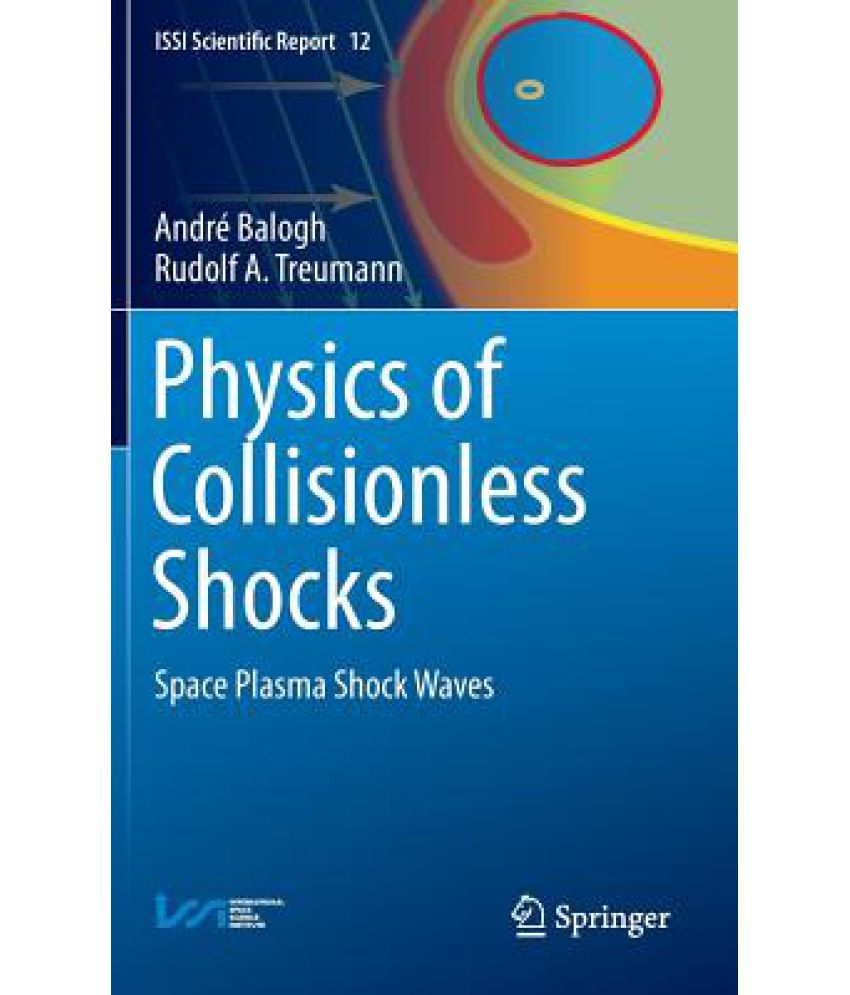Something went wrong. Please refresh the page and try again.
Something went wrong. Please refresh the page and try again.
Notifications can be turned off anytime from settings.
Item(s) Added To cart
Qty.
Something went wrong. Please refresh the page and try again.
Something went wrong. Please refresh the page and try again.
Exchange offer not applicable. New product price is lower than exchange product price
Please check the updated No Cost EMI details on the payment page
Exchange offer is not applicable with this product
Exchange Offer cannot be clubbed with Bajaj Finserv for this product
Product price & seller has been updated as per Bajaj Finserv EMI option
Please apply exchange offer again
Your item has been added to Shortlist.
View AllYour Item has been added to Shopping List
View AllSorry! Physics of Collisionless Shocks is sold out.


You will be notified when this product will be in stock
Brief Description
This book provides a systematic treatment of shock waves in high-temperature collisionless plasmas as are encountered in near Earth space and astrophysics. It offers a unique and excellently illustrated course on shock wave physics and applications.
Learn More about the Book
The present book provides a contemporary systematic treatment of shock waves in high-temperature collisionless plasmas as are encountered in near Earth space and in Astrophysics. It consists of two parts. Part I develops the complete theory of shocks in dilute hot plasmas under the assumption of absence of collisions among the charged particles when the interaction is mediated solely by the self-consistent electromagnetic fields. Such shocks are naturally magnetised implying that the magnetic field plays an important role in their evolution and dynamics. This part treats subcritical shocks which dissipate flow energy by generating anomalous resistance or viscosity. The main emphasis is, however, on super-critical shocks where the anomalous dissipation is insufficient to retard the upstream flow. These shocks, depending on the direction of the upstream magnetic field, are distinguished as quasi-perpendicular and quasi-parallel shocks which exhibit different behaviours, reflecting particles back upstream and generating high electromagnetic wave intensities. Particle acceleration and turbulence at such shocks become possible and important. Part II treats planetary bow shocks and the famous Heliospheric Termination shock as examples of two applications of the theory developed in part I.
On the Back Cover
The present book provides a contemporary systematic treatment of shock waves in high-temperature collisionless plasmas as are encountered in near Earth space and in Astrophysics. It consists of two parts. Part I develops the complete theory of shocks in dilute hot plasmas under the assumption of absence of collisions among the charged particles when the interaction is mediated solely by the self-consistent electromagnetic fields. Such shocks are naturally magnetised implying that the magnetic field plays an important role in their evolution and dynamics. This part treats both subcritical shocks, which dissipate flow energy by generating anomalous resistance or viscosity, and supercritical shocks. The main emphasis is, however, on super-critical shocks where the anomalous dissipation is insufficient to retard the upstream flow. These shocks, depending on the direction of the upstream magnetic field, are distinguished as quasi-perpendicular and quasi-parallel shocks which exhibit different behaviours, reflecting particles back upstream and generating high electromagnetic wave intensities. Particle acceleration and turbulence at such shocks become possible and important. Part II treats planetary bow shocks and the famous Heliospheric Termination shock as examples of two applications of the theory developed in Part I.
"The images represent actual product though color of the image and product may slightly differ.
Register now to get updates on promotions and
coupons. Or Download App